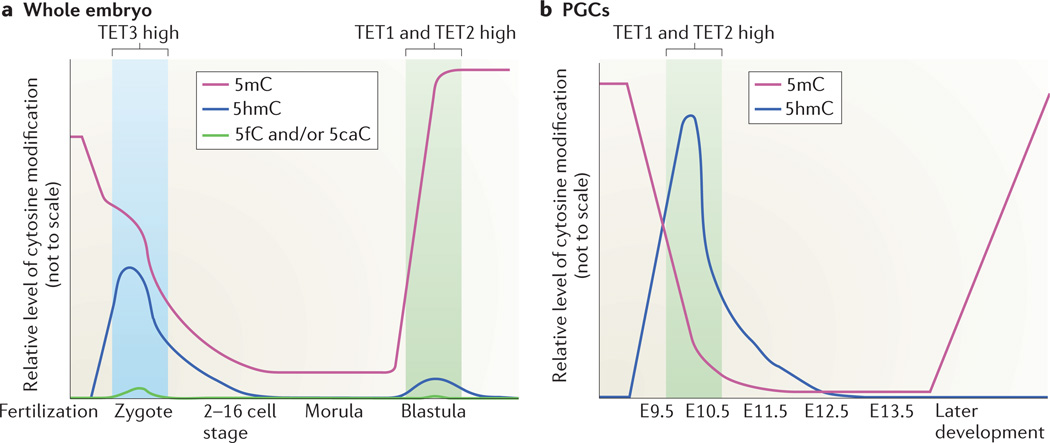Figure 3. Methylation dynamics in mammalian development.
a | Immediately after fertilization, the male pronucleus undergoes mass cytosine oxidation111–113, mediated by ten-eleventranslocation 3 (TET3). B-methylcytosine (5mC) and oxidized cytosines are then lost from the early embryo in a ‘passive’ or replication-dependent manner, resulting in the loss of nearly all modified cytosines by the 16-cell stage103,105. Imprinted loci retain methylation183 and some repetitive element classes184 retain partial methylation. Approximately when the blastula implants into the uterus, the inner cell mass, which gives rise to the embryo, undergoes mass de novo DNA methylation105,183.TET1 and TET2 are highly expressed at this stage, potentially fine-tuning methylation patterns, b | Demethylat ion also occurs in primordial germ cells (PGCs) between embryonic days E9.B and E13.B of embryonic development80,120,128. This event also entails both mass BmC oxidation by TETl and TET2 and loss of modified cytosine by passive demethylation, resulting in the loss of imprints. A similar process of 5mC oxidation and demethylation occurs more slowly in human germ cells185. This demethylat ion of imprints is critical because whereas somatic cells of an organism contain male and female imprints, the germ cells of an organism contain the imprints that correspond exclusively to the gender of the organism. Germ cells are then gradually re-methylated and imprints placed, starting at E1B in males and after birth in females186.

